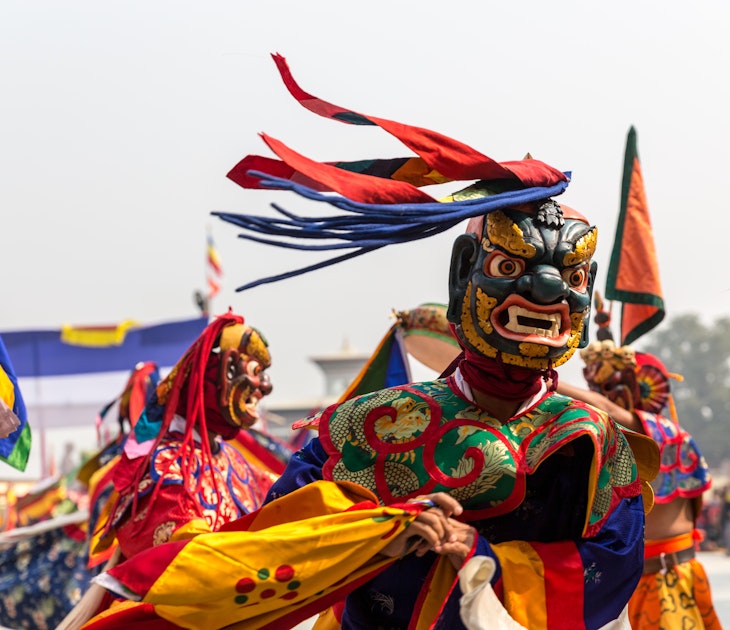

Have you got an iPhone with iOS4? Go to your photos or camera roll. See the icon below that says 'Places'? Click on it and you'll see a global Google map populated with red pinpointers, indicating the exact place your photos were taken. Spooky, huh?
All this is thanks to geotagging, which stores geographical data related to the photos. This often includes GPS coordinates, pinpointing you to the exact location where you took the image.
And it's not just for iPhones; cameras generally are getting in on the act. You can now buy a GPS unit to plug into some DSLRs. In fact, Casio has just released their EX-H20G with in-built GPS and sensors that can even tag indoor locations (something regular GPS-enabled devices can't do).
And it doesn't just apply to photos. Facebook launched their Places feature (which only works in the US and Canada at the moment). This is an obvious FB addition since the success of the mobile application Foursquare, a social networking site that lets users update their location. Both are similar in nature: users 'log-in' to places they are currently at and share this data with other people.
But there are implications to all this fancy tech; obviously the sharing of so much information with the world has the potential to be abused. So what are the pros and cons? And if you do want to geotag, how can you limit privacy issues? Here's the lowdown.
Benefits of geotagging:
Ever looked at a photo and drawn a blank? Geotagged photos will help you recall where you were. This is quite a boon for the travel writer too!
Your geotagged images can be linked to applications such as iPhoto, Google, Flickr, etc, which helps if you're looking for images of a specific location or if you want to share your pictures with people.
Taking it one step further, an application such as Trippermap integrates Google maps and Flickr. With this, you can generate a flash map that you can embed in your website – a nifty feature for bloggers.
Other applications such as Urbanspoon integrate geolocations and allow users to add reviews of restaurants.
Problems with geotagging:
There have been reports of people being stalked (prank or otherwise) via Foursquare. Don't forget that you're revealing your exact location at any one time. It can be disconcerting if someone rings the cafe you're in and asks for you by name...
Foursquare has three million users and counting. Facebook even more. Your data is worth valuable money to companies. Some people are just ethically opposed to helping the rich get richer.
So now what?
It's still early days yet. As companies find new and cooler ways to use geotags, we'll get a clearer idea of how to use and not to use geotags. Until then, be smart in how you use it. Be judicious in your use of geotagging. You can switch it off if you don't want or need to geotag. This is usually accessed via the settings menu in your device. In the iPhone you need to switch the location services off.
Check your privacy settings on Facebook. If you don't want to share your details with 'everyone', make sure you change your settings to only allow 'friends' to get updates. Share any other tips and experience you might have relating to geotagging! Yea or nay?
Follow Asia Pacific Travel Editor @shawnlow on Twitter.
Explore related stories

Architecture
The ultimate guide to Tibetan Buddhist monasteries: exploring gompas in the HimalayasNov 22, 2024 • 7 min read

 Festivals & EventsChristmas dinners around the world: choose your favorite festive dishes
Festivals & EventsChristmas dinners around the world: choose your favorite festive dishesNov 22, 2024 • 5 min read

 BeachesThese 5 day trips from Sydney will show you the splendors of New South Wales
BeachesThese 5 day trips from Sydney will show you the splendors of New South WalesNov 22, 2024 • 7 min read

 Destination PracticalitiesDo you need a visa to visit Thailand? Here’s everything to know
Destination PracticalitiesDo you need a visa to visit Thailand? Here’s everything to knowNov 22, 2024 • 8 min read


 Wildlife & NatureDay trips from New Orleans: 9 can't-miss jaunts from The Big Easy
Wildlife & NatureDay trips from New Orleans: 9 can't-miss jaunts from The Big EasyNov 21, 2024 • 6 min read

